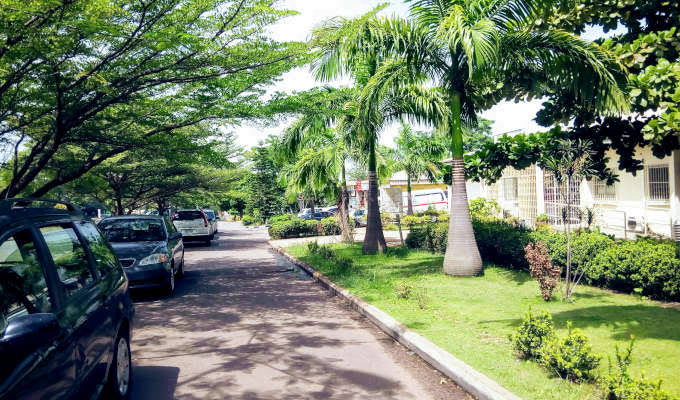[ad_1]
A new study by The Lancet shows that planting more trees could reduce summer heat wave-related deaths in urban areas by a third.
The study that modelled 93 European cities revealed that one-third (2644) of 6700 untimely deaths linked to high temperatures in cities in 2015 could have been averted by increasing tree cover by up to 30 per cent.
“We already know that high temperatures in urban environments are associated with negative health outcomes, such as cardiorespiratory failure, hospital admission, and premature death,” said lead author Tamara Lungman, a researcher at Barcelona Institute for Global Health.
She explained that the study was the first and largest of its kind to “look at premature mortality caused by higher temperatures in cities and the number of deaths that could be prevented by increasing tree cover.”
The Lancet’s researchers discovered cities record more heat wave-related deaths than the countryside.
The removal of vegetation, the presence of asphalt and the use of building materials that absorb and trap heat have been marked as factors that exacerbate global heating in urban areas.
The study notes that the cities with the largest number of heat-related fatalities were in Southern and Eastern Europe, particularly Cluj-Napoca, Romania, where the biggest temperature difference was reported at 4.1 degrees.
However, the research team from The Lancet recognised that increasing the number of trees planted in metropolitan areas should be supplemented with other climate-beneficial measures for a general drop in temperature in metropolitan areas.
“Our results suggest large impacts on mortality due to hotter temperatures in cities, and that these impacts could be partially reduced by increasing the tree coverage to help cool urban environments,” stated co-author Mark Nieuwenhuijsen, Director of Urban Planning, Environment and Health at the Barcelona Institute for Global Health.
Mr Nieuwenhuijsen encouraged “city planners and decision-makers to incorporate the urban green infrastructure adapted to each local setting whilst combining with other interventions to maximise the health benefits” for more sustainable and resilient cities.
[ad_2]
Source link



